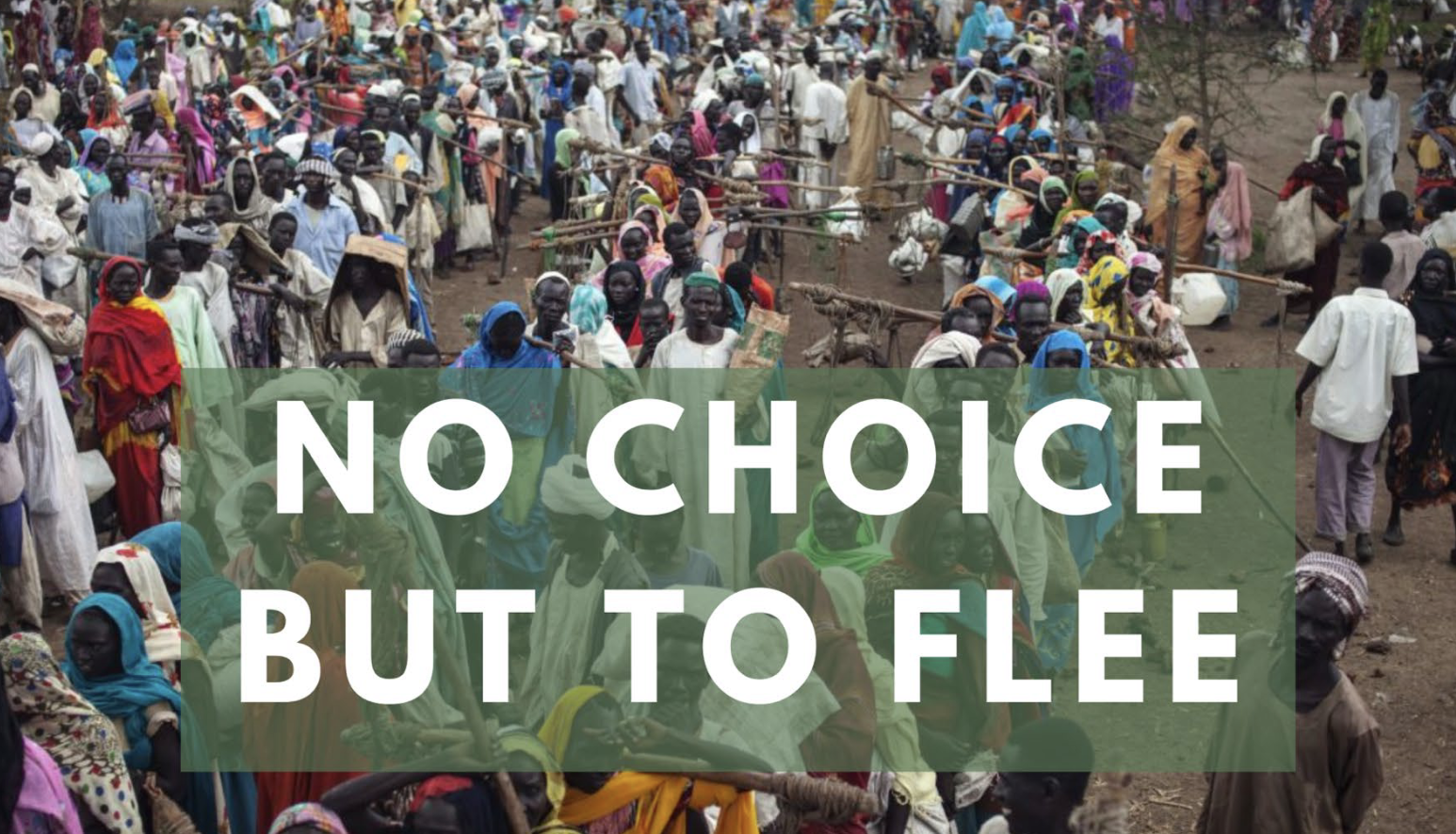
Since December 2014, the brutal civil war in South Sudan has created Africa’s largest refugee crisis. Based on UN figures, 400,000 South Sudanese have died as a result of the conflict, while 8 million are in ‘imminent danger’ of famine. South Sudan is the deadliest place on earth for humanitarian workers.
This first of its kind investigation by Global Rights Compliance, involving extensive open-source (OSINT) research by the Centre for Information Resilience, shows how starvation has been and is being used as a method of warfare in South Sudan.
The report reveals the links between civilian starvation as a method of warfare, targeted attacks on humanitarian aid workers and, the mass forcible displacements of civilians, resulting in gross violations of international humanitarian law.
CIR analysed over 2,340 webpages, 2,400 social media posts and 185 videos across different platforms for evidence of starvation crimes in Central Equatoria. Using open-source methods, CIR documented attacks against marketplaces and humanitarian convoys which deprived civilians of objects indispensable to survival, in violation of international humanitarian law.
In-depth analysis of satellite imagery by CIR revealed widespread patterns of devastation and desertion in villages and towns affected by fighting in Kajo and Yei counties. CIR assessed the scale of displacement by analysing the increase in the size of refugee camps in northern Uganda, where thousands of Kajo Keji and Yei county residents fled the fighting.
The report concludes with an urgent ‘Call to Action’ to the international community – to demand that starvation crimes in South Sudan are recognised as gross violations of international law and perpetrators of war crimes are bought to justice.
Download to read the full report.
